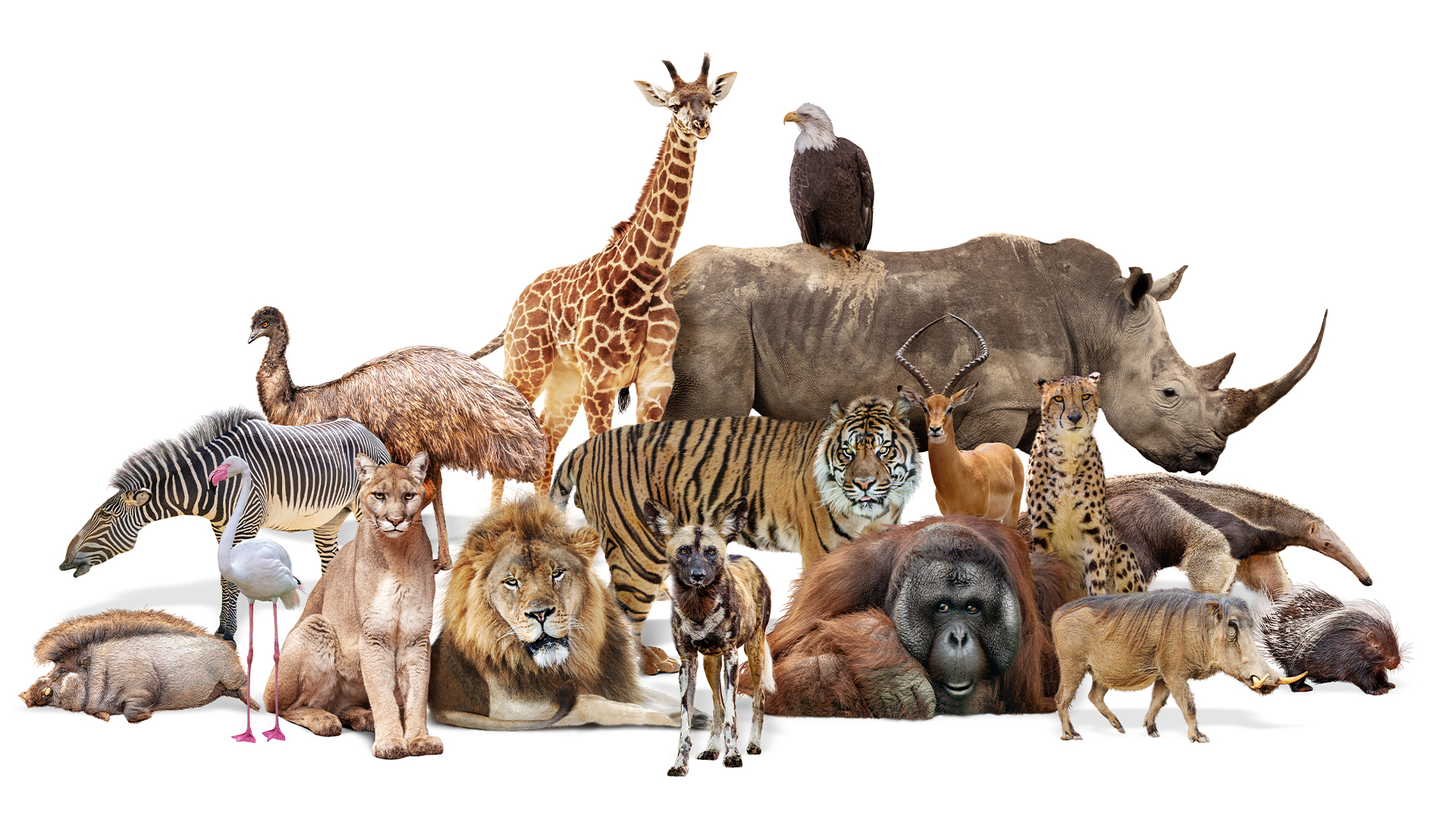
How many animals have ever existed on Earth?
To figure out this mind-bogglingly high number, we need to know how many species have ever lived, dig deep into the fossil record and do a lot of math.

There are more than 8 billion humans on the planet, and although that's a remarkable number, it's just a fraction of the number of people who have ever lived and an even smaller slice of the total number of animals that have ever existed.
But how would scientists even go about estimating the total number of animals on Earth, let alone determining how many have ever existed on our planet throughout its history? And why bother?
In an email to Live Science, David Jablonski, a geophysical researcher at the University of Chicago, described the calculation as "a difficult question." But he said it's probably easiest to begin by estimating the total number of animal species.
According to the IUCN Red List, about 2.16 million animal species have been formally described as of 2022. However, up to 20% of those are probably duplicates, documented by multiple scientists, according to a 2013 paper in the journal Science. Assuming this estimate is accurate, that puts the true number of known animal species at around 1.7 million.
Of course, this number isn't static. Researchers are continuing to describe about 14,000 to 18,000 new animal species each year, which means scientists have only scratched the surface of the number of animals on the planet.
In 2011, Camilo Mora, a biogeographer at the University of Hawaii, and his colleagues wrote a paper in PLOS Biology estimating the total number of eukaryotic species on Earth. Their final count was around 8.7 million, about 7.7 million of which were animals. Of those, roughly half were insects, "which is mind-blowing," Mora told Live Science. This paper has become quite influential and is still widely cited today.
But to figure out how many animal species have ever lived, we need to look deeper into the past, using the fossil record — which presents a whole new set of challenges.
Sign up for the Live Science daily newsletter now
Get the world’s most fascinating discoveries delivered straight to your inbox.
Life appeared on Earth by 3.7 billion years ago. But those first organisms were very simple cells; it would be another 1.4 billion years before multicellular life showed up. Animals probably evolved even more recently, around 800 million years ago.
A few of those early animals are preserved in the fossil record, but the vast majority are not. That's because species with soft bodies rarely preserve, for example, and even for hard-bodied creatures, fossilization takes place only under very specific conditions. What's more, plate tectonics slowly and continuously churns the surface of the planet, thereby erasing old impressions, stone and bone.
"The standard estimate is that 99.9% of species that have ever lived are extinct," Jablonski said. "But, of course, that's a crude approximation." Assuming that this approximation is correct, we would simply need to multiply 7.7 million by nearly 100 percent, Mora said. That puts the total number of animal species at roughly 770 million species.
But how could we calculate the number of individual animals ever to have lived on Earth?
The number is probably mind-bogglingly gigantic. The planet is home to 8 billion humans alone. We share that space with around 130 billion other mammals, up to 428 billion birds, 3.5 trillion fish and an estimated 10 quintillion insects (that's 1 with 18 zeros).
If we assume that the current abundances have been relatively stable over life's history, then we can extrapolate out using the relative proportions of the 7.7 million existing species. For example, if there are currently 3.85 million species of insects on Earth, that corresponds to 385 million in the past — and 385 million times 10 quintillion is 3.85 x 10^27 insects.
Because insects are so ubiquitous, that's probably not too far from the total number. We can (extremely roughly) estimate that, including other arthropods, invertebrates and vertebrates, there have been approximately 4.5 x 10^27 animals ever on Earth.
Why go through all the trouble of calculating the number of animals on the planet? Put simply, it's important for scientists to understand Earth's baseline biodiversity and how it fluctuates. As a result of climate change, deforestation, pollution and other factors, we are currently barreling toward a major mass extinction, and we need to know the background rate of extinction to grasp the scope of our current crisis.
"There could be hundreds of species right now, as we speak, that mathematically we know are disappearing," Mora said. "And unfortunately, we didn't even get the chance to know who they are."

Joanna Thompson is a science journalist and runner based in New York. She holds a B.S. in Zoology and a B.A. in Creative Writing from North Carolina State University, as well as a Master's in Science Journalism from NYU's Science, Health and Environmental Reporting Program. Find more of her work in Scientific American, The Daily Beast, Atlas Obscura or Audubon Magazine.









